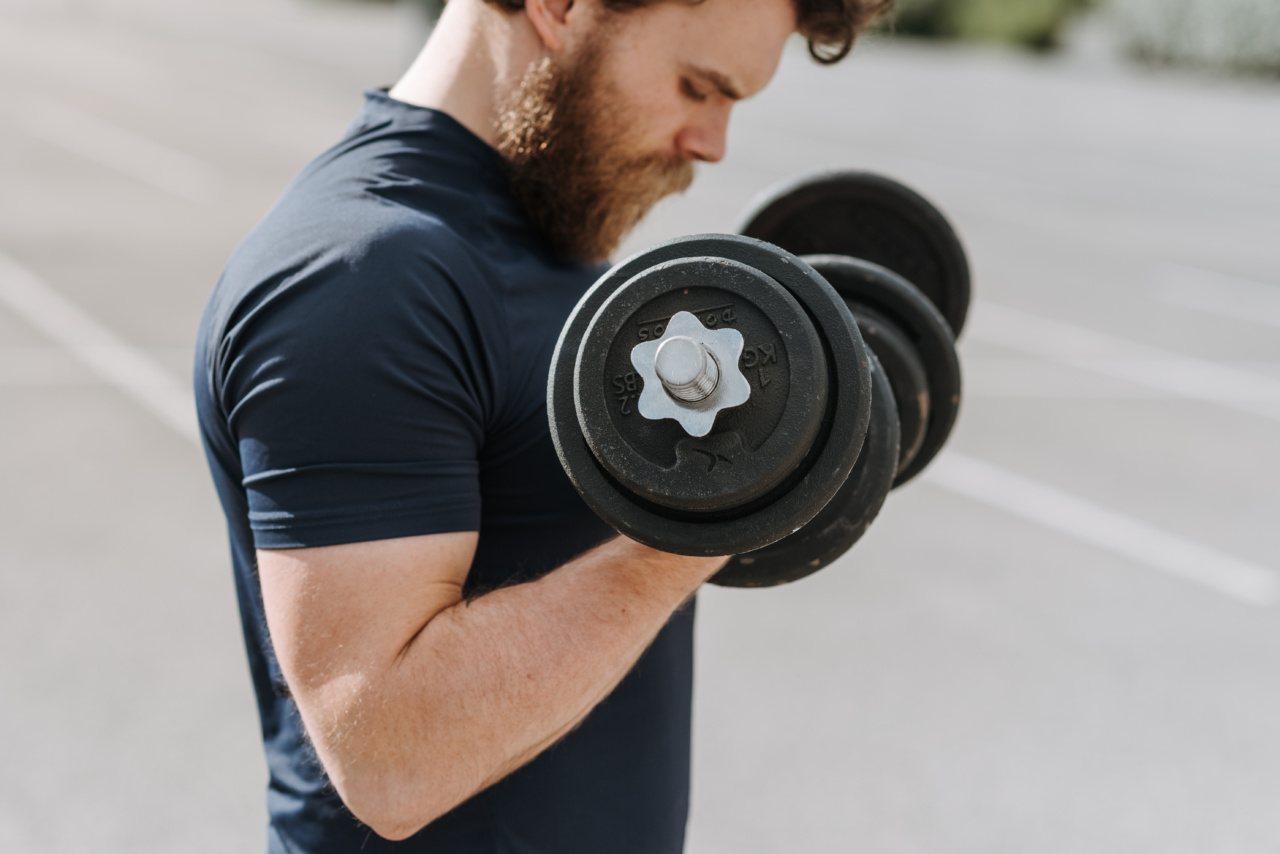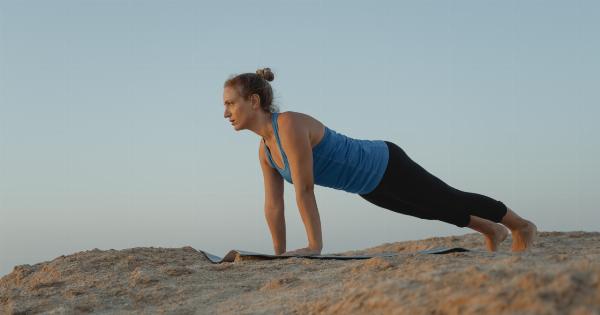Gymnastics is a demanding sport that requires a great deal of strength, flexibility, and agility. After a strenuous session, it is common for gymnasts to experience muscle tension and soreness.
Fortunately, there are several effective ways to relieve this discomfort and promote recovery. In this article, we will explore ten methods that gymnasts can use to alleviate muscle tension after a grueling gymnastics practice.
1. Stretching
One of the most important ways to relieve muscle tension after gymnastics is to stretch properly. Stretching helps to improve flexibility and increase blood flow to the muscles, which promotes relaxation and reduces soreness.
Focus on stretching the major muscle groups used during gymnastics, such as the legs, back, shoulders, and arms. Hold each stretch for 20-30 seconds and remember to breathe deeply throughout.
2. Foam Rolling
Foam rolling, also known as self-myofascial release, is a technique that involves using a foam roller to apply pressure to targeted areas of muscle tightness or trigger points.
By rolling over these areas, you can release tension and stimulate blood flow, which aids in muscle recovery. Use a foam roller on your legs, glutes, back, and any other areas that feel tight or sore.
3. Ice Bath
While it may not be the most pleasant experience, taking an ice bath can be incredibly effective in reducing muscle inflammation and relieving post-gymnastics muscle tension. Fill a bathtub with cold water and add ice cubes.
Submerge your body for 10-15 minutes, focusing on the areas that feel most tense or sore. The cold temperature constricts blood vessels and helps to flush out metabolic waste products, reducing inflammation and promoting recovery.
4. Epsom Salt Bath
Epsom salt baths are a popular method for muscle relaxation and recovery. Epsom salt is rich in magnesium, which helps to soothe muscle cramps, reduce inflammation, and promote overall muscle relaxation.
Simply fill a bathtub with warm water and add a cup or two of Epsom salt. Soak in the bath for 20-30 minutes to experience the benefits.
5. Massage
Getting a massage from a trained professional can do wonders for relieving muscle tension after gymnastics. A massage helps to increase blood flow to the muscles, relax tight muscles, and reduce muscle soreness.
Opt for a deep tissue or sports massage, as these types of massages specifically target deeper layers of muscle tissue. If you don’t have access to a massage therapist, you can also use a massage ball or foam roller to self-massage tight areas.
6. Heat Therapy
Applying heat to tense muscles can be an effective way to relax and relieve muscle tension. Heat helps to increase blood flow, which in turn delivers more oxygen and nutrients to the muscles, promoting healing and relaxation.
You can use a heating pad, a hot water bottle, or take a warm bath or shower to apply heat to the affected areas. Just be sure to avoid excess heat, as it can lead to burns.
7. Gentle Exercise or Low-Impact Activities
Engaging in gentle exercise or low-impact activities can help promote blood flow and reduce muscle stiffness after gymnastics. Activities such as walking, swimming, or gentle cycling can help loosen up tight muscles without adding additional strain.
Just make sure to listen to your body and not push yourself too hard, as this could lead to further muscle damage or injury.
8. Hydration
Staying properly hydrated is crucial for muscle recovery and tension relief. Drinking enough water helps to flush out metabolic waste products that can contribute to muscle soreness.
Aim to drink at least eight glasses of water per day, and consider incorporating electrolyte-rich drinks or sports drinks to replenish essential minerals lost during exercise.
9. Rest
Rest is essential for allowing your muscles to recover and repair themselves. Overworking or overtraining can lead to increased muscle tension and even injury. Make sure to get adequate sleep each night and allow for rest days in your training schedule.
If certain muscles are particularly sore or tense, consider taking a break from gymnastics or modifying your routine to avoid further strain.
10. Proper Nutrition
Eating a well-balanced diet that includes a variety of nutrient-dense foods is crucial for muscle recovery and tension relief. Make sure to consume enough protein, which is essential for muscle repair.
Include plenty of fruits, vegetables, whole grains, and healthy fats in your diet to provide your body with the necessary nutrients for optimal recovery.
Conclusion
After a demanding gymnastics practice, relieving muscle tension is crucial for promoting recovery and preventing injury.
By incorporating these ten methods into your post-gymnastics routine, you can effectively alleviate muscle tension and enhance your overall performance. Remember to listen to your body and adjust the intensity and frequency of these techniques as needed. Take care of your muscles, and they will take care of you!.






























